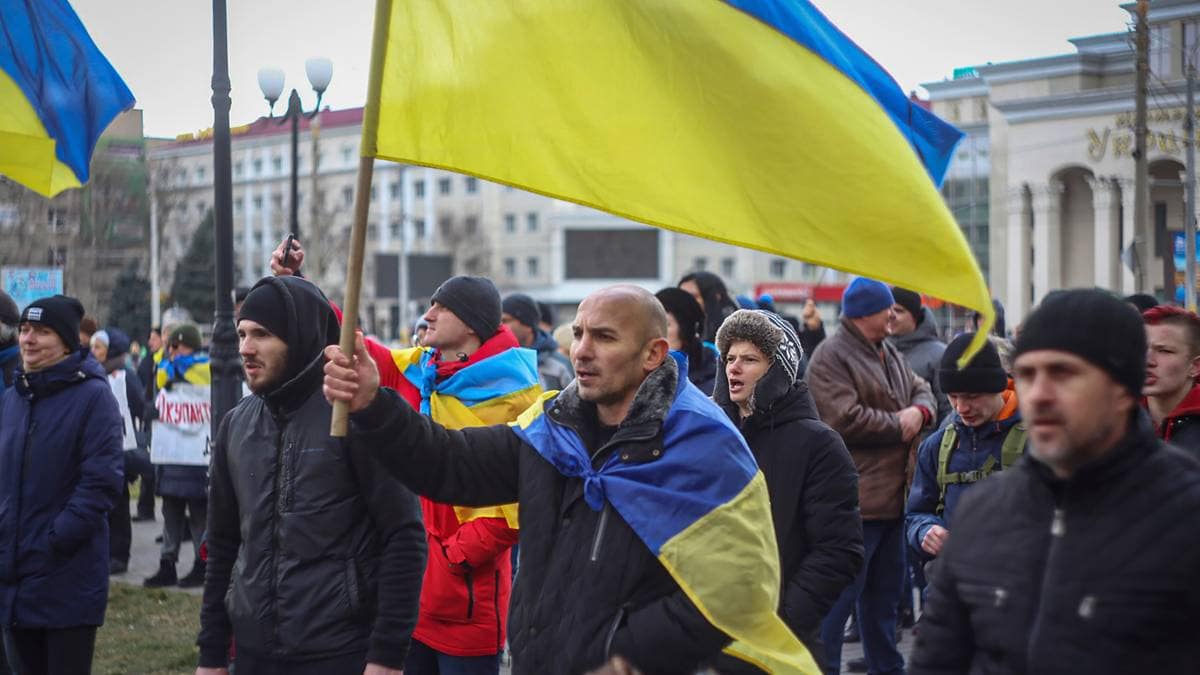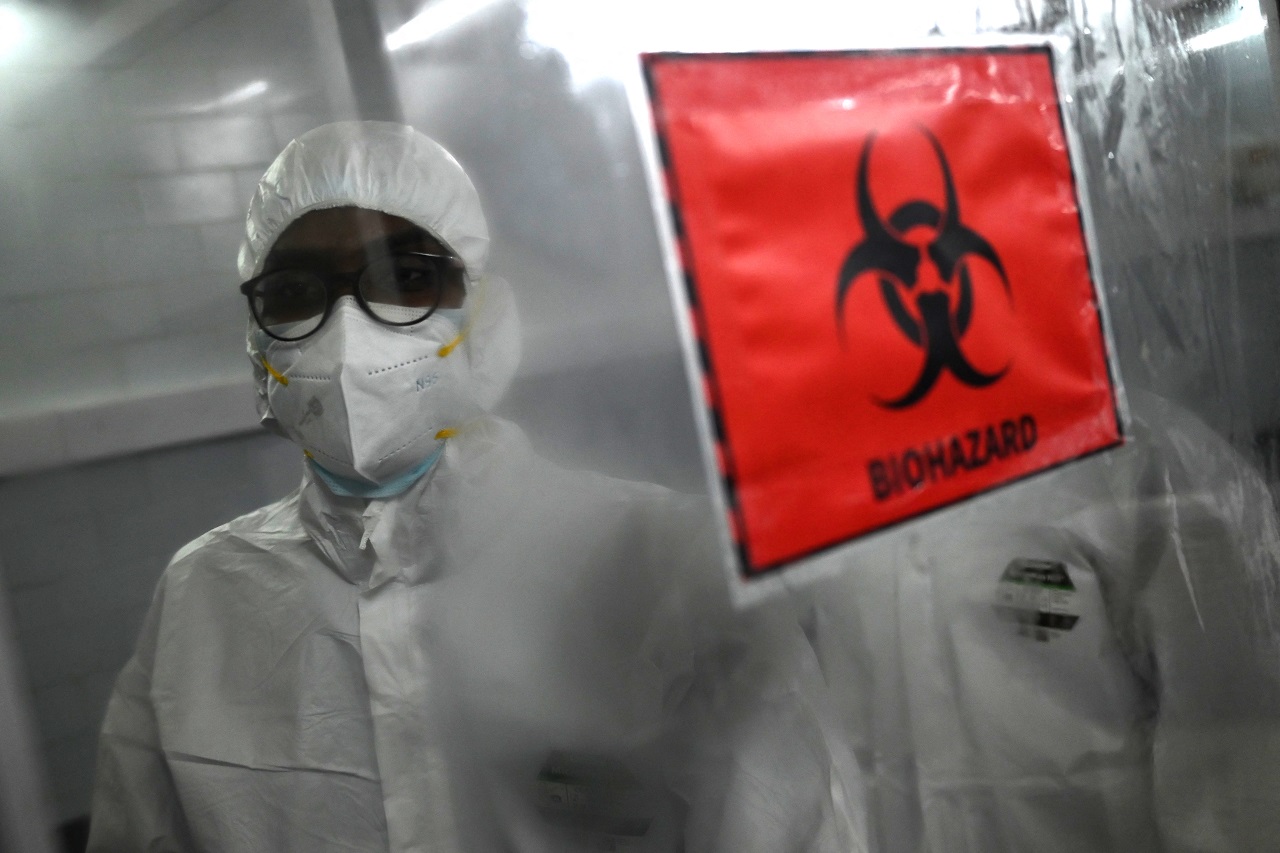After Russia’s annexation of Crimea and the invasion of Donbas in 2014, Ukrainian identity strengthened among southern and eastern Ukrainians and support for pro-Russian parties declined. After the invasion of 2022, the population of these areas is increasingly united against the Russian war. Therefore, Russian propaganda about the alleged pro-Russian character of eastern and southern Ukraine appears increasingly absurd.
Especially before 2014, a significant minority in the southern and eastern parts of Ukraine called themselves Russian, with mixed Ukrainian-Russian identity or with pro-Russian sympathies.
This was due to historical factors. Eastern Ukrainian elites have tried to play on the Russian language and Russo-Soviet history to divert attention from corruption and misrule. And it was due to Russian attempts to influence Ukrainian attitudes to satisfy Russian interests.
After the full-scale invasion of Russia in 2022, the attitude of Eastern Ukrainians towards Russia changed dramatically. Between southern Ukrainians and eastern Ukrainians the proportion with a positive impression of Russia has decreased from about 50 percent to 1 and 4 percent, and only 10 to 16 percent of the population of these areas cede territory in exchange for a quick peace agreement.
Instead, more than 80 percent want further military resistance. When southern and eastern Ukrainians are asked what relationship their state should have with Russia in the future, only a minority want that countries must be “friendly countries without visa regulations and customs”
Even among those who call themselves “Russian-speaking Ukrainians” and “Russian-speaking Russians,” the majority want common borders, visas and customs rules.
Ukrainian Electoral Institute I mentioned here – KIIS – is on par with the best Norwegian opinion polling institutes. At the same time, it is demanding to give a correct picture of the attitudes of a population at war.
The share of opinion poll responders in occupied areas after February 24 has declined over time. People on the run could be barred from participating and it could be taboo to express pro-Russian views in an informational context rigged for collective resistance.
These factors hardly change the main characteristics of the results: they are solid. But we would do well to look at other examples as well.
There are a number such examples. At the beginning of the occupation, we saw significant anti-Russian demonstrations in the areas occupied by Russia. Russia’s subsequent attempts to institutionalize an occupation regime have met with strong resistance.
Russia struggled to get bureaucrats and workers to work effectively under Russian leadership. During the run-up to the semester this fall, parents’ enthusiasm for sending their children to Russian schools is said to have been so tepid that the employment authorities would offer parents money to send their children. children there.
The Ukrainian resistance movement it is strengthening and the reconnaissance of military installations and sabotage creates a challenging and uncertain situation in the rear of Russia.
That the resistance movement has been so successful indicates considerable support and consensus from civilians.
We therefore have strong indications that support for pro-Russian attitudes is now very low in southern and eastern Ukraine.
Corresponding changes in attitude occurred after the Russian aggression in 2014. In the areas closest to occupied Donbas, a number of disappointed in the Ukrainian government’s efforts for them after the war started, but that didn’t make them more pro-Russian.
On the contrary an increasing proportion called themselves Ukrainians. In occupied Donbas, support for Russia was greater, also thanks to effective Russian propaganda. But – and this is absolutely central – even in occupied Donbas, a clear majority supported the return of the areas to Ukrainian control.
Overall, Ukrainians across the country increasingly defined themselves as Ukrainian citizens after 2014. As the share of mainly Ukrainian identities was already high in western and central Ukraine before 2014, the development was more surprising among the residents of the country. south and east.
The result was a more united Ukrainewhich I stated earlier is one of the main reasons for this to a significant extent effective Ukrainian defensive war.
After the invasion of 2022, we saw another one strong strengthening of patriotic attitudes in southern and eastern Ukraine. Russian aggression in 2022 is even more brutal than in 2014, making it likely that the changes in attitude will be permanent this time as well.
It is no longer correct to say this that southern and eastern Ukraine is dominated by Russia. Indeed, support for Russia here is far less than in major European countries such as Italy, France and Germany, where a recent PEW poll showed positive attitudes towards Russia with between 14 and 16 percent of the population.
We live in an age where disinformation is actively used to support a war of aggression. If so, it is extremely important to get the information correct.
It therefore becomes very problematic to refer to eastern Ukraine as being dominated by Russia in European and Norwegian public opinion.
Poor support from the population also means that Russia’s toolbox in Ukraine is essentially limited to military power, supported by coercive power in cities and administrative centers and by an allegedly rather limited number of collaborators. If, or when, Ukrainian military forces break through Russian lines, Russian control is then quickly threatened.
Let me exaggerate a bit for the sake of illustration: behind the Russian-controlled lines there is to a large extent a Russian-controlled castle in the air.
Russia’s sudden withdrawal from northern Ukraine in March showed that Russian control is fragile. We may see more examples in the future if Ukrainian forces manage to regain the Russian occupation the areas.
–


